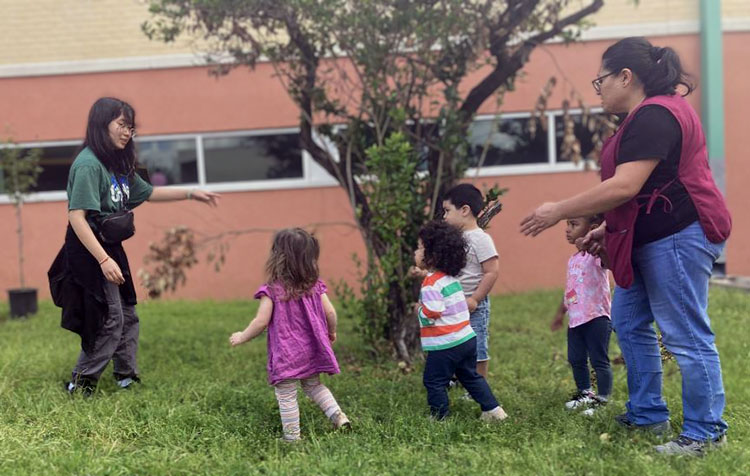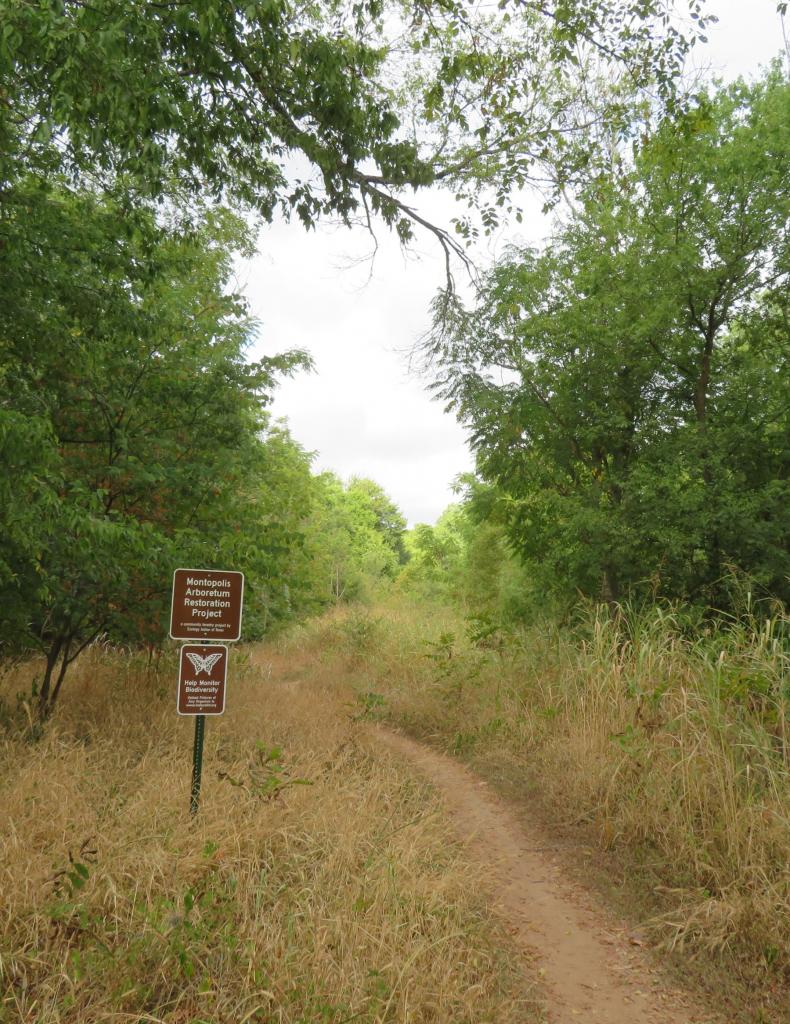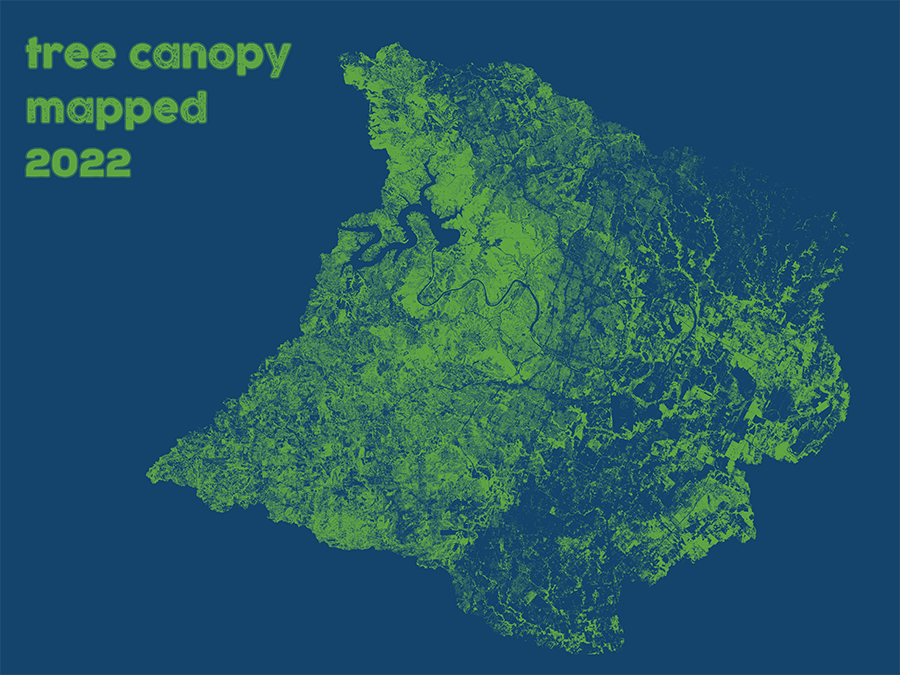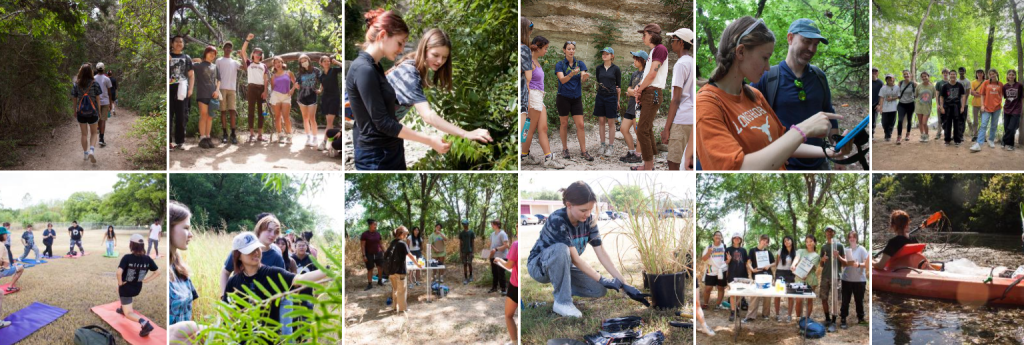In Austin, we love our trees and want to do what's best for them. If you live somewhere with trees, you may have thought about pruning or trimming them as part of your regular landscape maintenance. Nobody wants their trees to suffer because they neglected to do something important.
Pruning is a common task that people often assume their trees need, but this isn't always the case. In this series of articles, we will explain why trees might need pruning. We will also explain how to prune properly when the time comes so they will continue to grow stronger as they mature, and what to avoid so we won’t make them weaker.
…
The Texas Ebony Tree is a member of the legume family, displaying waxy green leaves that defy drought conditions and high temperatures with ease. Mature trees can reach heights of up to 30 feet or more, casting a broad spread of shade beneath their canopies. Blooming from late spring to summer, this tree showcases clusters of fragrant, yellow flowers that attract pollinators like bees and butterflies. In the fall, it produces dense, woody seed pods that contain several seeds, which play a crucial role in its propagation.
…
Written by Alan Halter | GIS Analyst Senior | Community Tree Preservation Division | City of Austin
The City of Austin acquired geospatial data showing what tree canopy looked like from above in late summer of 2022. This effort, repeated every four years, documents progress in tree protection and tree planting.
…
Written by Keith Babberney | Forester | Community Tree Preservation Division | City of Austin
In Austin, we love our trees, but we don’t always know the best way to show them our love. People often assume they should fertilize to improve tree health, but plants that are well adapted to Central Texas soils generally don’t need extra nutrients. This article will help you decide if you need to fertilize and what the best methods are to do it.
What is fertilization?
Fertilization simply means adding material to soil (or sometimes directly to plants) that provides the elements plants need. Trees, like all plants, require certain specific nutri…
Hi, I’m Anish. I will be a senior at McNeil High School in the fall of 2023. After being a member of the 2022-2023 Youth Forest Council, I decided to continue as a fellow for the 2023-2024 Youth Forest Council. With the help of my mom, I developed a passion for gardening during quarantine for Covid. My position as a member of the Youth Forest Council and my interest in horticulture helped me choose my Community Action Project (CAP). For my CAP, I decided to plant native trees in parking lot medians and create a courtyard oasis for students with special needs.
…
Take a journey with Kylie via her StoryMap.
Nature has always been with me and has been a grounding resource for me. I can rely on it to make me feel better. I look for it everywhere, and that’s why this project has been important to me. I think everyone should have something in their life that…
Today’s sustainability spotlight is shining on Youth Forest Council Intern Cain Ly. For her Community Action Project, Cain engaged with teachers and students at Garza High School this past spring. She organized over 100 volunteers to participate in a series of tree plantings and the creation of a food forest on campus.

YFC Intern Cain Ly direc…
Our Urban Forest Grant program was developed to maintain, restore, and replenish our urban forest using development fees accrued via the tree preservation ordinance. Today, we are shining a spotlight on one exemplary project that helps us meet the goal of creating a sustainable, equitable urban forest for all our city’s residents. At Roy G. Guerrero Colorado River Metro Park, local non-profit Ecology Action has been working for years to restore a degraded site back to the forest it once was.

Trees have always been an important part of the character of Austin. We have special trees where we mark important historical events. We love to enjoy the pecans at Barton Springs on a sunny day. We will park half a mile from the store if we can leave our car under a shade tree while we shop. We cannot take our trees for granted. If we want to continue enjoying a healthy urban forest in coming decades, we need to start planning now. Climate forecasts predict significant changes in our average temperatures, rainfall, and major weather events. Our existing trees may struggle to adapt and survive in the new conditions.
…
Nature in the City is handing the keys over to local high school students and their teacher today. They worked as teams to compare heat potential in different neighborhoods around Austin. We hope you enjoy seeing their work as much as we have.

The assignment
In this blog post, you will find the work of High School Environmental Systems students from Cedars International Next Generation High School to answer the ques…



